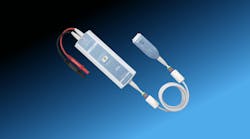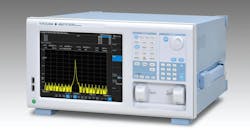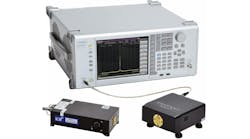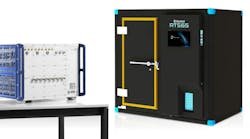A pH Sensor Reference Design Enabled for Wireless Transmission (Part 1) (.PDF Download)
The first part of this article series addresses the pH probe and an examination of the different design challenges related to the front-end signal-conditioning circuit, including how to achieve low cost with high precision and reliability in data conversion. Part 2 delves into increasing the accuracy and precision in data processing, discussing calibration techniques such as a general polynomial fit using the least-square method for approximation in scattered predefined data for pH calibration. It will also provide a reference circuit design for a wireless monitoring system.
Understanding the pH Probe
An aqueous solution can fall under acidic, alkaline, or neutral levels. In chemistry, this is measured by a numeric scale, called pH, which stands for power of hydrogen according to the Carlsberg Foundation. This scale is logarithmic and goes from 1 to 14. The pH level can be expressed mathematically as pH = −log (H+). Therefore, if the hydrogen ion concentration is 1.0 × 10−2 moles/liter, then pH = −log (1.0 × 10−2) gives a value of 2.








